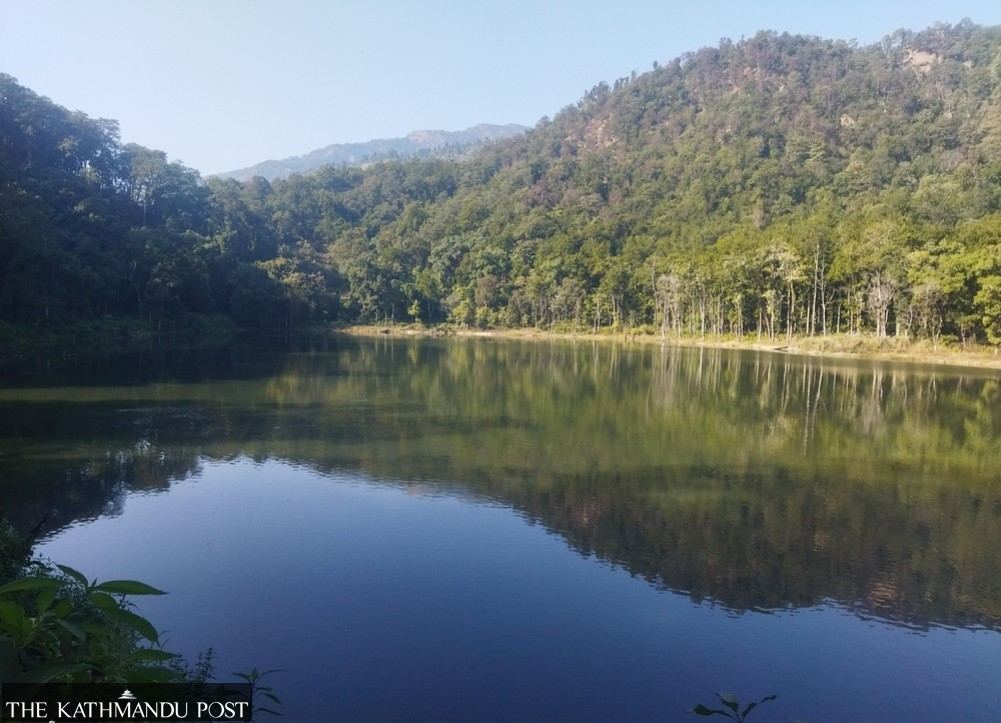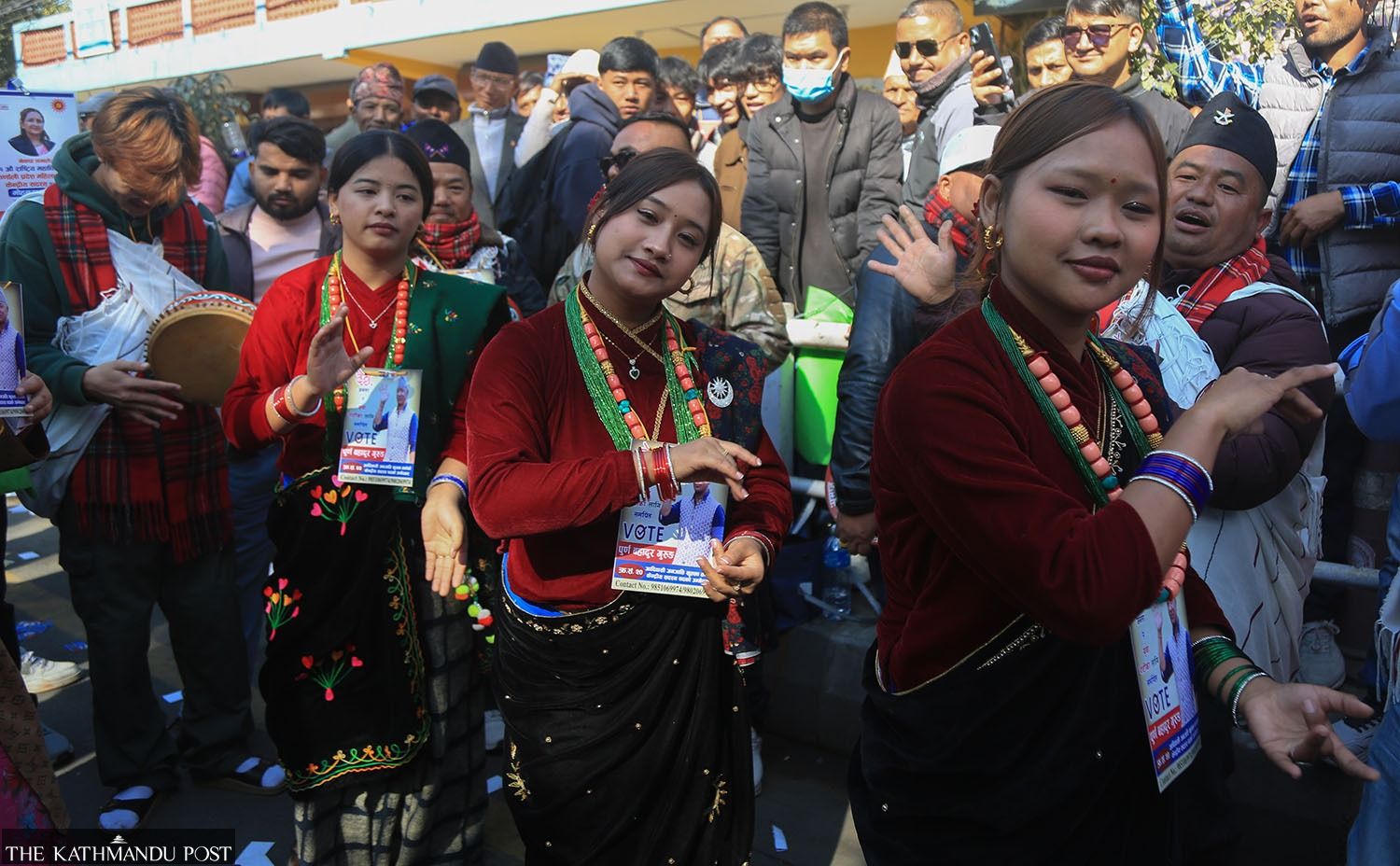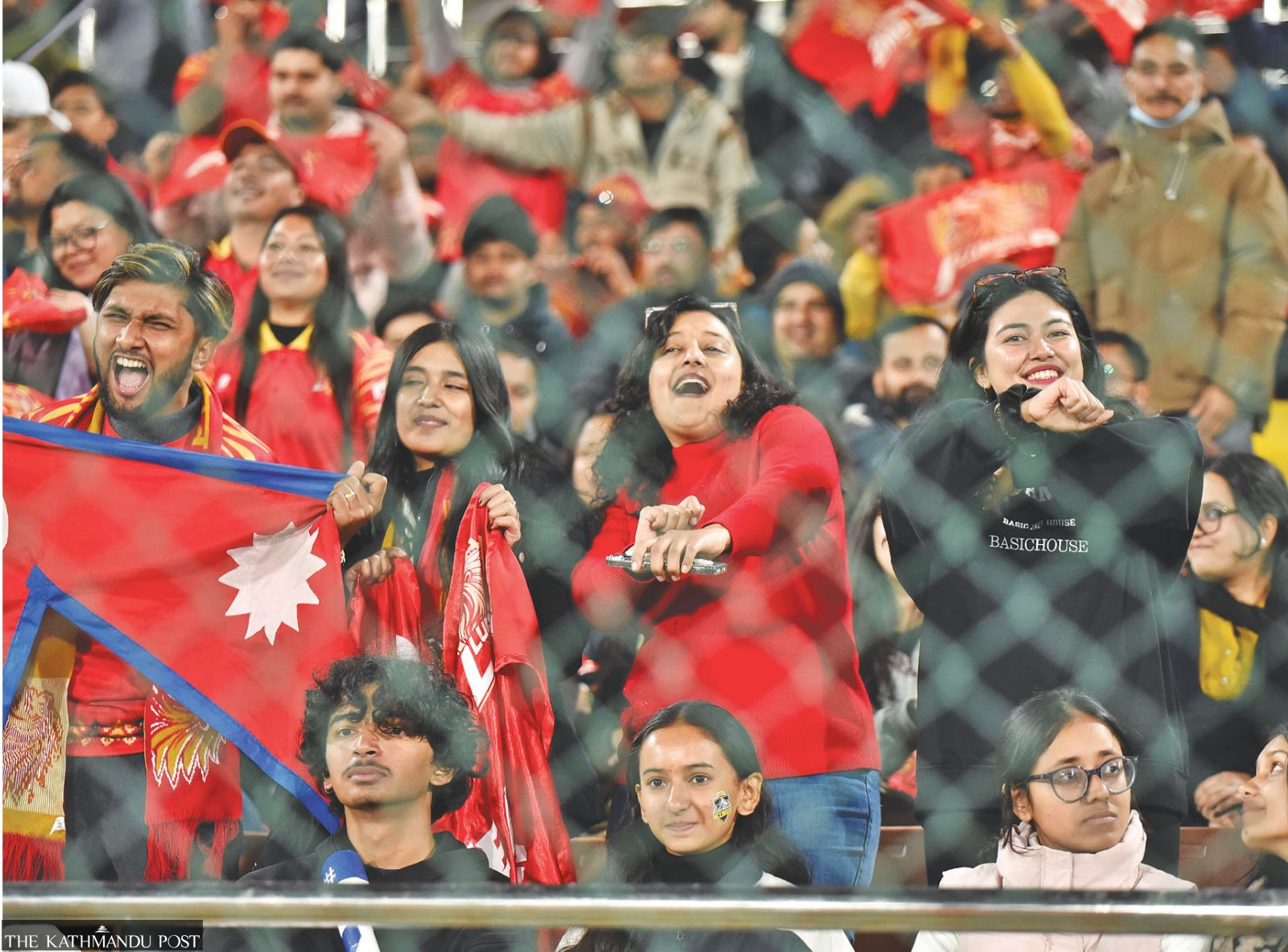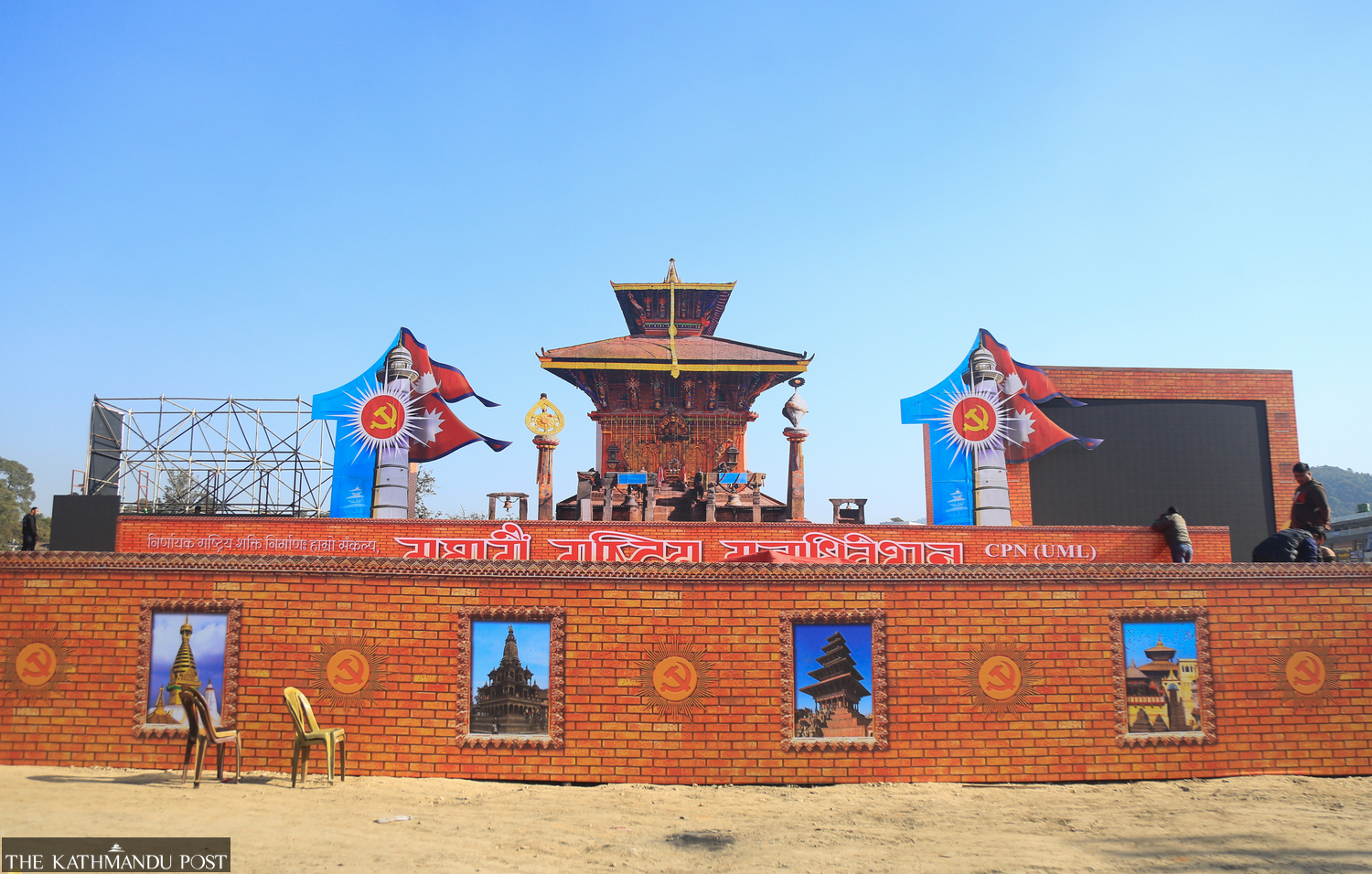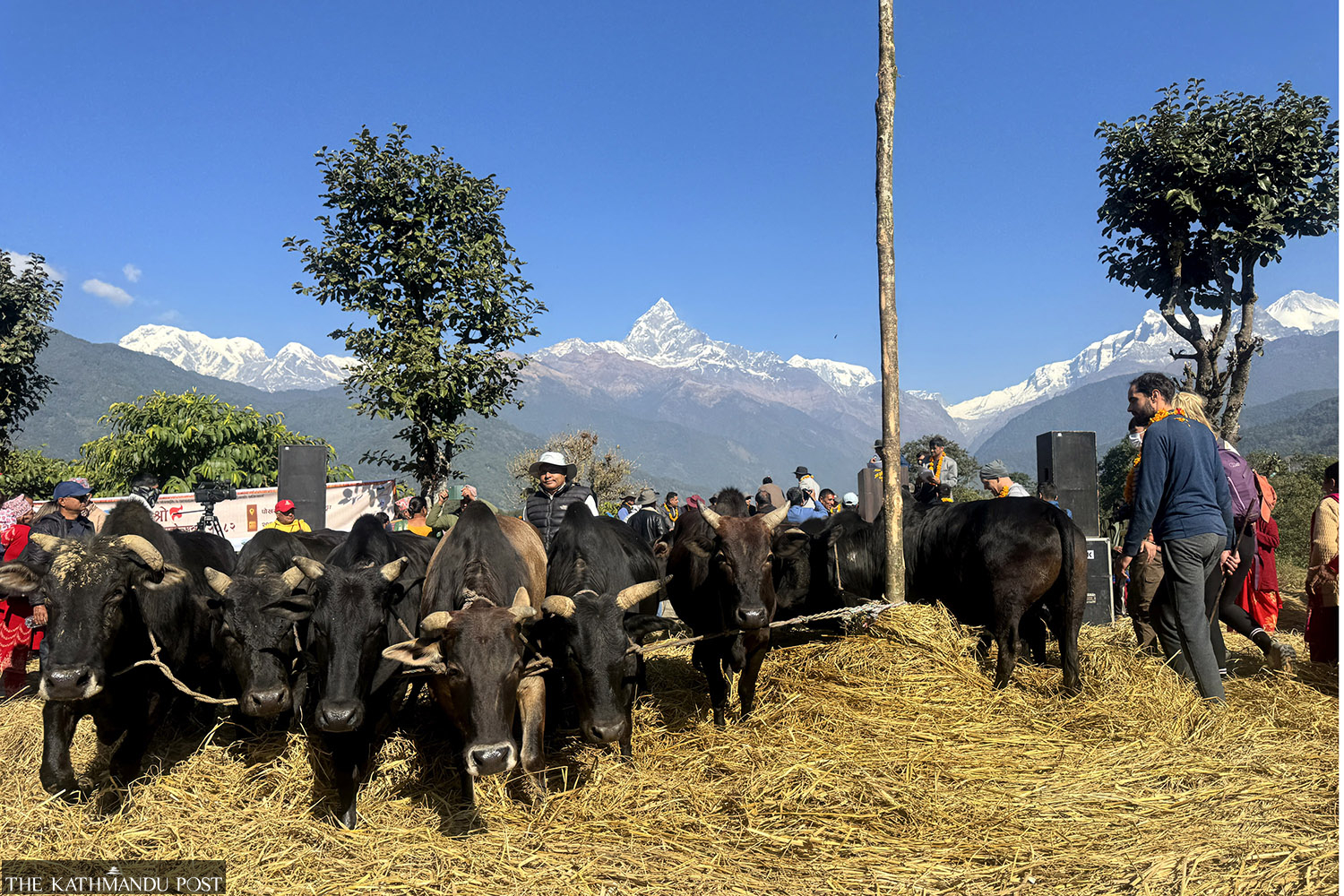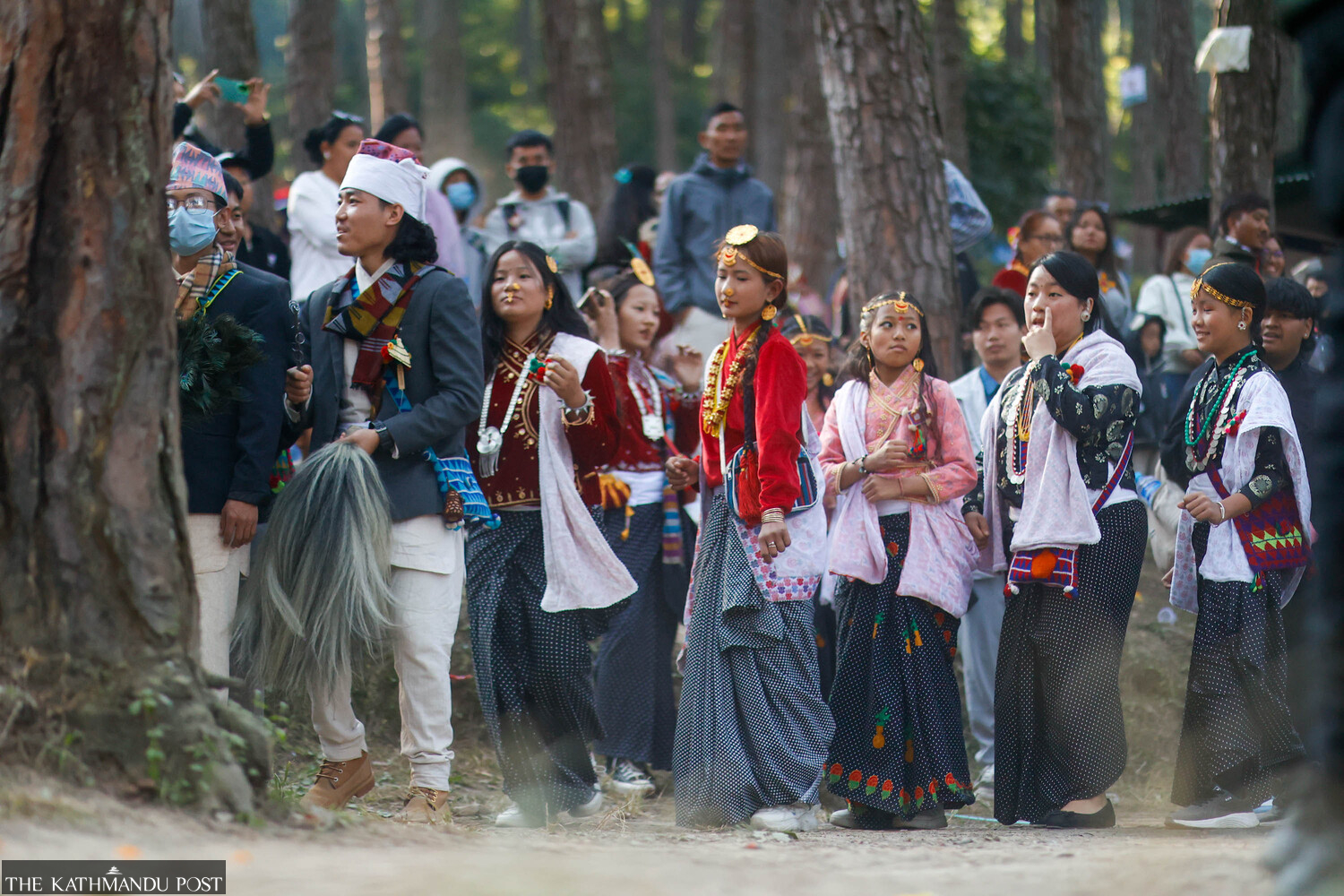Visual Stories
Complexities of injustice
Devotion to superstition upholding the rampant witch trails.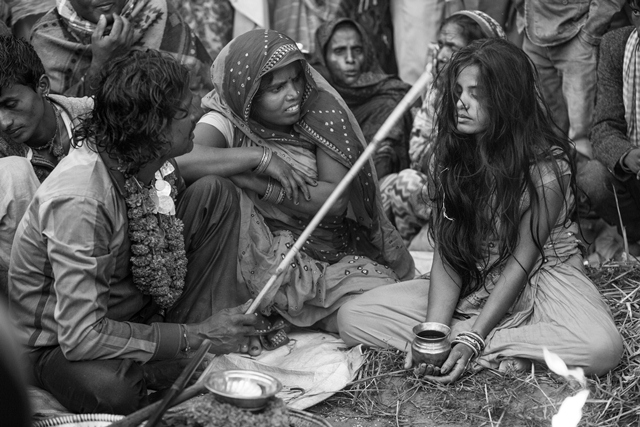
Nabin Baral
When I was still a kid, my mother fell severely ill. In the course of seeking treatment, she encountered a jhakri, who blamed an old neighbour for all her health. He branded the woman a witch and instead of seeking medical help, my family and community believed the witch-doctor. In 1991, my mother committed suicide and I blamed it on the same woman. Now looking back, I realise how wrong I was to hold a grudge against a person for the tragedy that fell upon us. But we knew so little—with superstition so prevalent in society and lack of awareness, or even access to proper health services, we became part of that injustice.
The woman had to endure cruel mistreatment from the community. My mother, who on the hindsight was suffering from some kind of mental illness, was not able to access appropriate health services.
Deep-rooted beliefs like witchcraft are still embedded in the social and cultural structures of society. Oftentimes, these conservative beliefs lead to violence, physical and mental, with most victims being poor, single or marginalised women, and particularly, Dalits.
One of the examples of the superstition’s prevalence is the ‘ghost festival’ which takes place during the full moon of the month of Kartik, the eighth month on Hindu calendar. The annual festival is celebrated on the banks of Kamala river in Dhanusa district. Thousands of pilgrims visit with their dhamis who claim to have the power to eradicate any misfortune. The devotion of these pilgrims renews their faith in superstition—every year. This blind faith then becomes a part of society and allows for more injustice to continue. This photo series documents the dire need for these conditions to change.
The photo story will be exhibited on December 6-7 at Boudhi Mata Mandir in Janakpur, as part of Women of the World (WOW) Madhesh festival organised by the British Council.
-online.jpg)
.jpg)
-online.jpg)
-online.jpg)
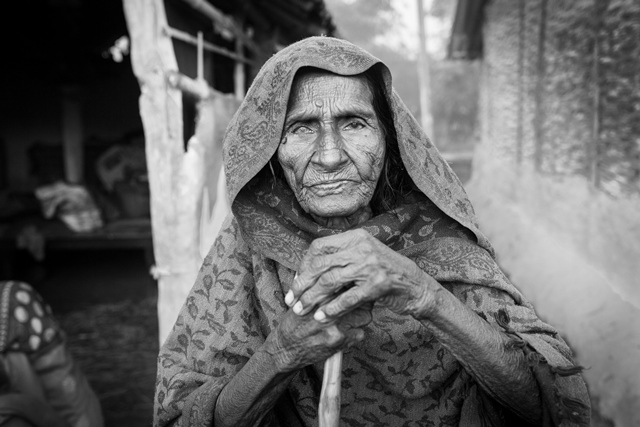
-online.jpg)
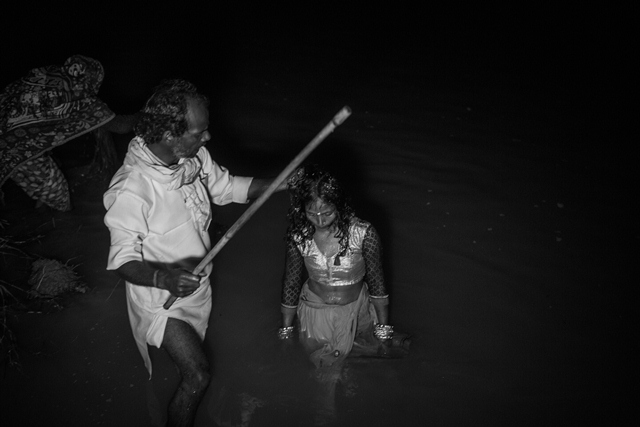
.jpg)
-online.jpg)
-online%20(1).jpg)
.jpg)




 9.12°C Kathmandu
9.12°C Kathmandu
